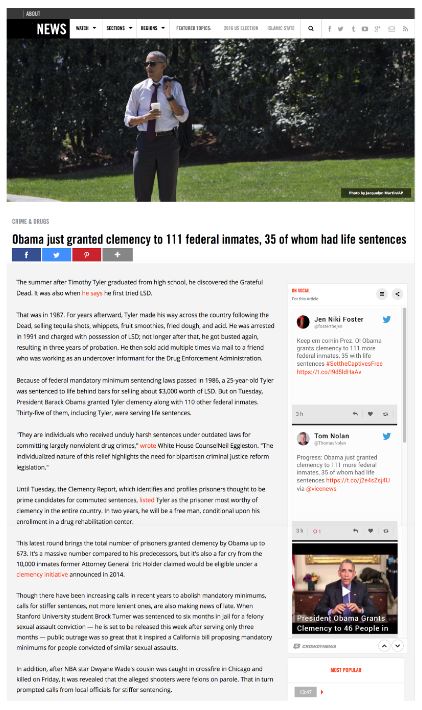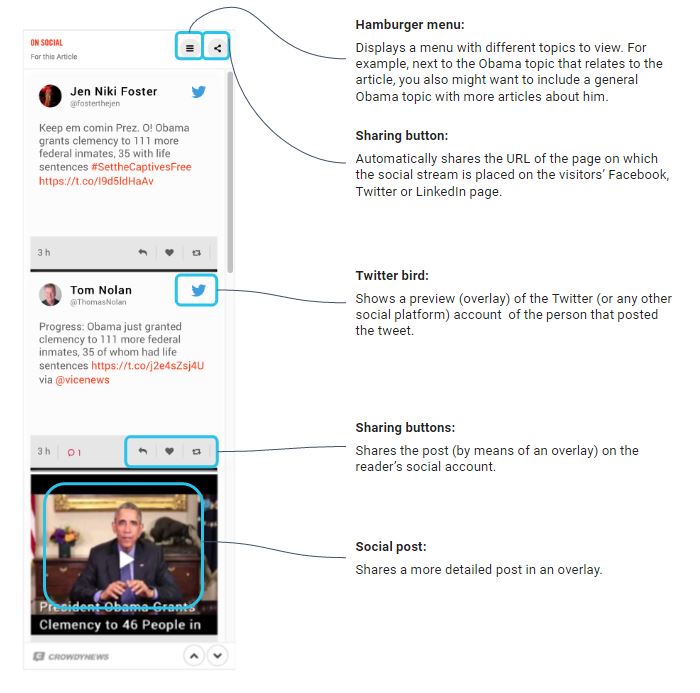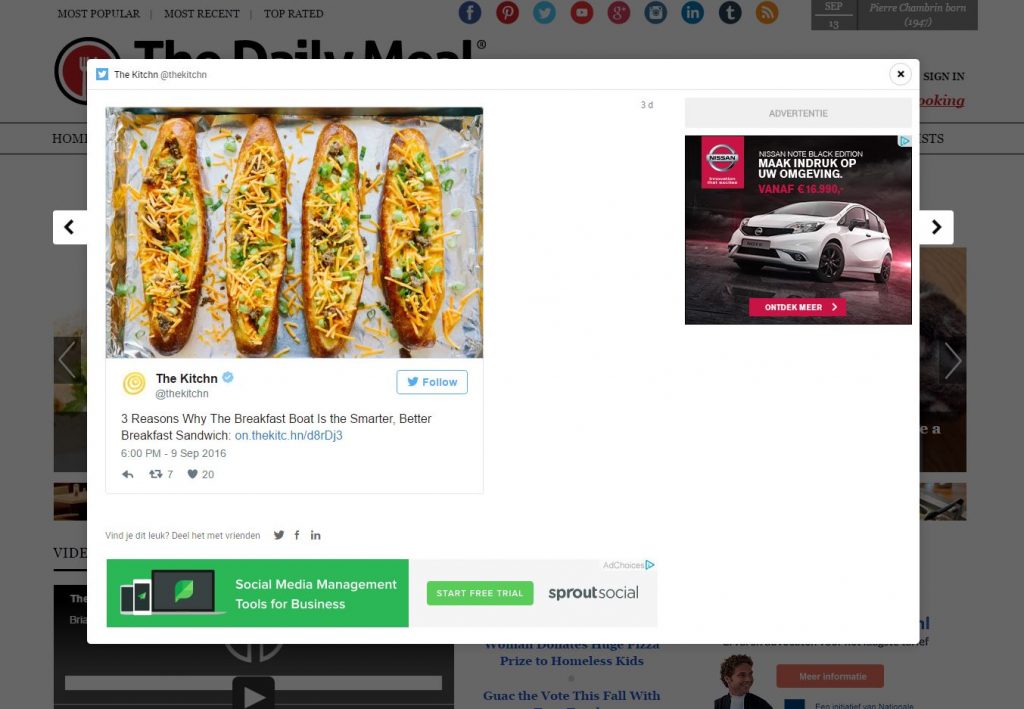You probably know that social media drives, on average, 31% of overall traffic to websites. Visitors who arrive from social media spend less time, consume fewer pages, and return less frequently. And the percentage of traffic arriving at a publisher’s website from social is expected to increase.
This is a problem.
And the solution is what every online publisher is struggling with nowadays: Audience Engagement. Why is audience engagement so important? Research shows that if you can hold someone’s attention for 3 minutes, they are twice as likely to return than if you hold their attention for only one minute. Also, looking at a page for 20 seconds increases ad recall by 20-30%. So, how do you keep your audience engaged? The goal is to encourage readers to spend more time on your site, visit more pages, return more often increasing advertising income, or if you focus on subscriptions, improve conversions.
Interactions with a social stream
In my previous blogpost I talked about the metrics you should use to gauge if your audience is really engaged – such as time on site, returning vs. new visitors, interactions per session, etc. I stated that it’s important to measure interactions on your domain. Too often publishers are focusing on metrics associated with the content they publish on distribution networks like Facebook, Twitter, Snapchat and the like. The fault in these offsite metrics is that they aren’t a true representation of how engaged readers are with your content; for example the number of likes on Facebook of an article doesn’t really say a lot about how engaged someone is, as Chartbeat found no correlation between social shares and people actually reading.
By contrast, every interaction on your domain does affect engagement. An interaction shows that something has piqued a reader’s interest because they demonstrated their interest with an action. And, the more interactions, the longer someone will stay on your site.
Since we’re looking at the effects of a social stream on audience engagement, let’s review an example of a social stream that has been curated for a specific article:
On the right side of the article, you see a social media stream with tweets and a Youtube video related to the article. This is, in my eyes, a great example of how adding relevant social content provides you with a more ample view about the subject. Moreover, the reader doesn’t have to return to social media to read what others are saying about this subject. As a publisher, you can even include your own RSS feed to promote other articles on your site.
There are several ways your readers can interact with a social stream:
As mentioned above in the image, when people click on a social post in a social stream, they are shown a more detailed post in an overlay. See an example of such an overlay below:
So, as you might have already concluded, a social media curation technology is built with the goal to keep readers on your domain longer, visit more pages, and bring readers back to your site again and again. First of all by automatically enriching your own content with the voice of the crowd, and second of all by giving them all the tools they need to execute social activities here, instead of clicking out.
Interaction Level
The metric used to gauge how people engage with a social stream, is called “Interaction Level”. We calculate this by dividing visibility (# of times a social stream is shown for more than 2 seconds) by number of interactions. Typical interaction rates should be between 5-20%. If the ratio drops, this is a signal to check the type of social content that’s shown. For example, if posts from one single social platform are shown, engagement could drop as adding multiple social media sources has a higher impact on reader-friendliness.
Time on site
It is also interesting to measure the amount of time-on-site based on the effect of an interaction with a social stream. For example, let’s assume every activity adds 3 more seconds to time on site. Take the expected number of page views (more than 2 seconds) of the page(s) with a social stream, multiply it by the interaction rate and then multiply the result by 3 seconds. Voilá: the expected additional time on site.
Example:
- 8 million page views (more than 2 seconds)
- Added time on site per interaction: 3 seconds
- Interaction rate: 10%
8 million X 3 seconds X 0.10 = 666.7 additional hours on your site.
Conclusion
With more and more people discovering publishers’ content from social media, it’s becoming increasingly difficult to keep visitors on their domain. Social media curation provides a reason for readers to stay – offering a social-rich landing and providing them with additional content. Content that is related to the subject that brought them to the site in the first place, which reduces the need to go back to social. Interactions with social media streams are useful indicators of audience engagement since they happen on your site, show an activity and increase the expected time on site.
P.S. Do you want to know more about how social media curation works? Sign up for our free webinar!



